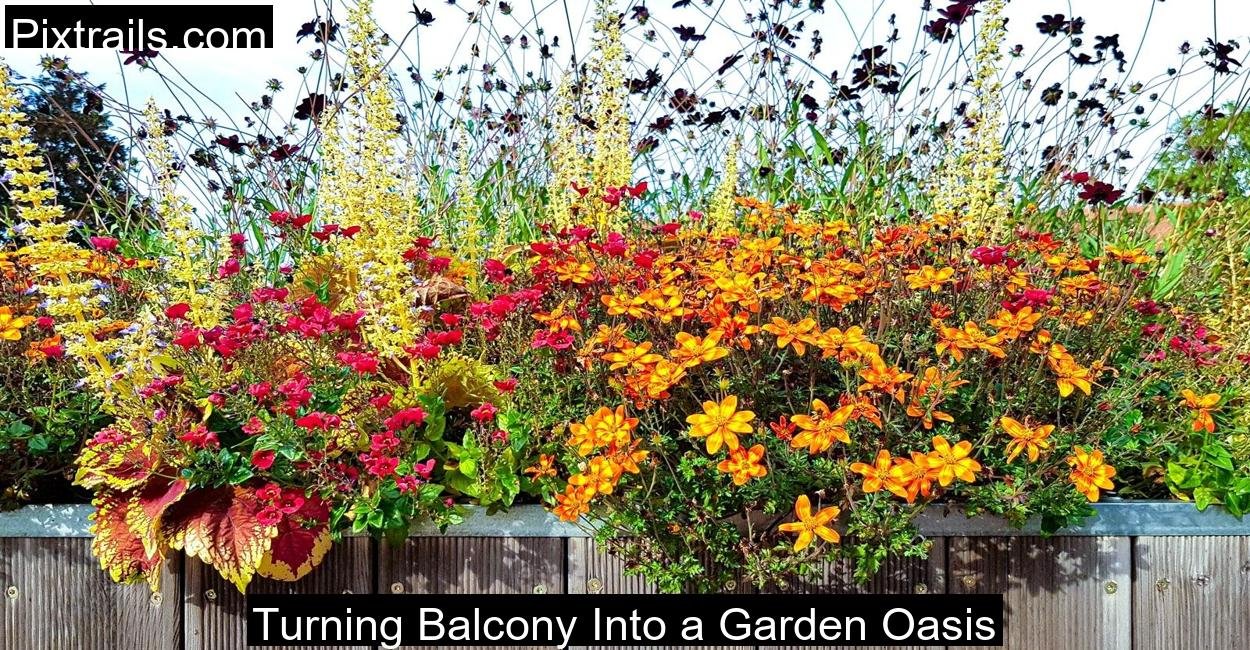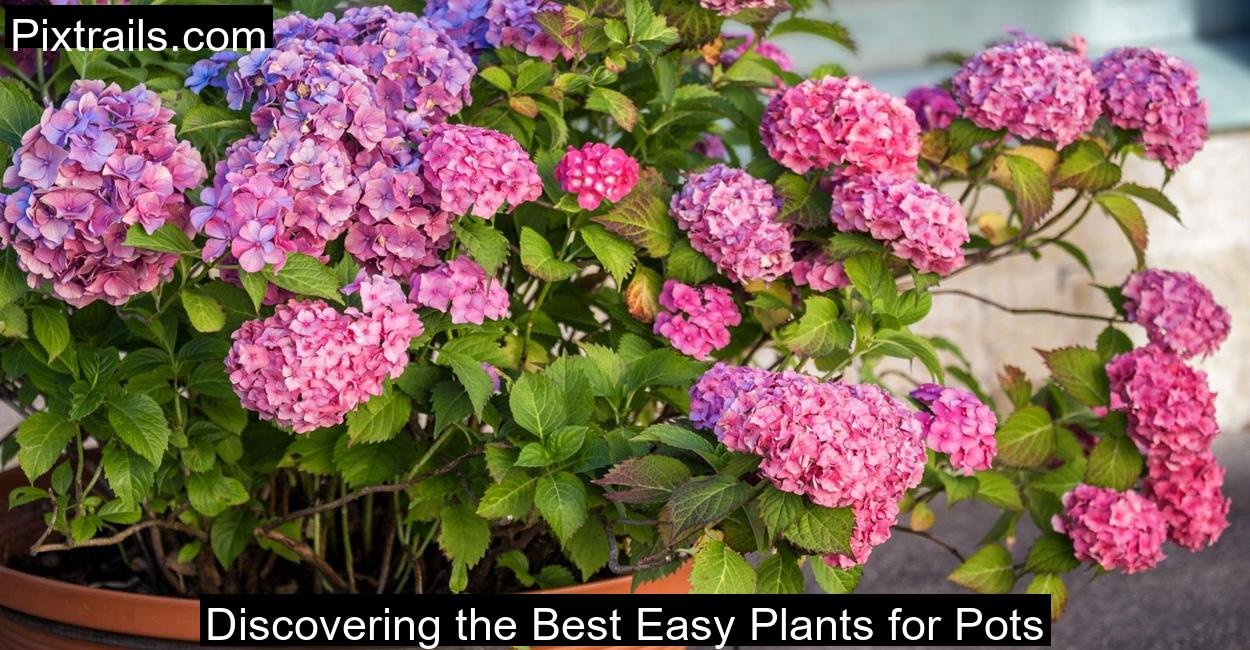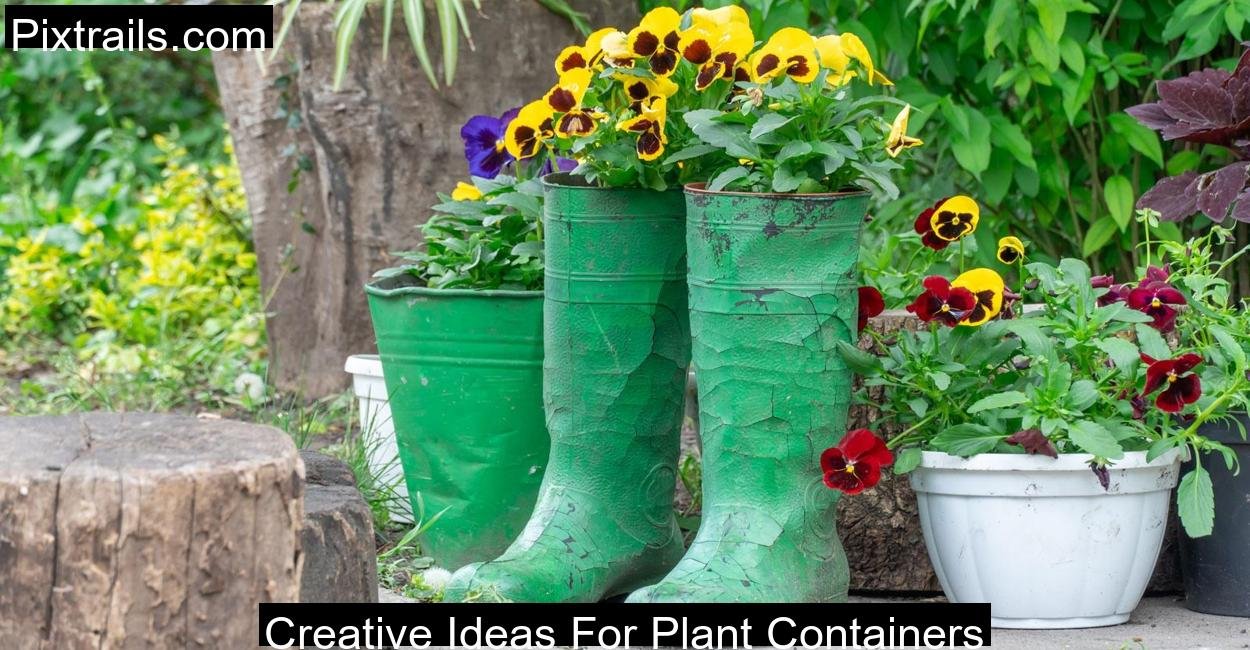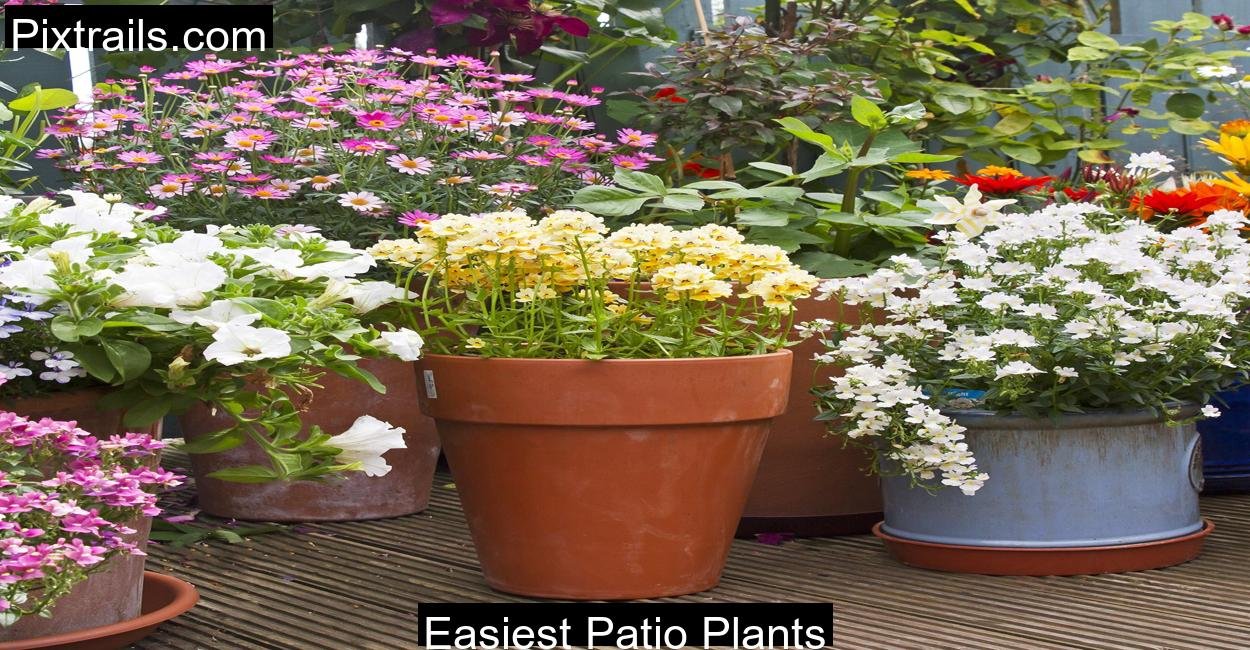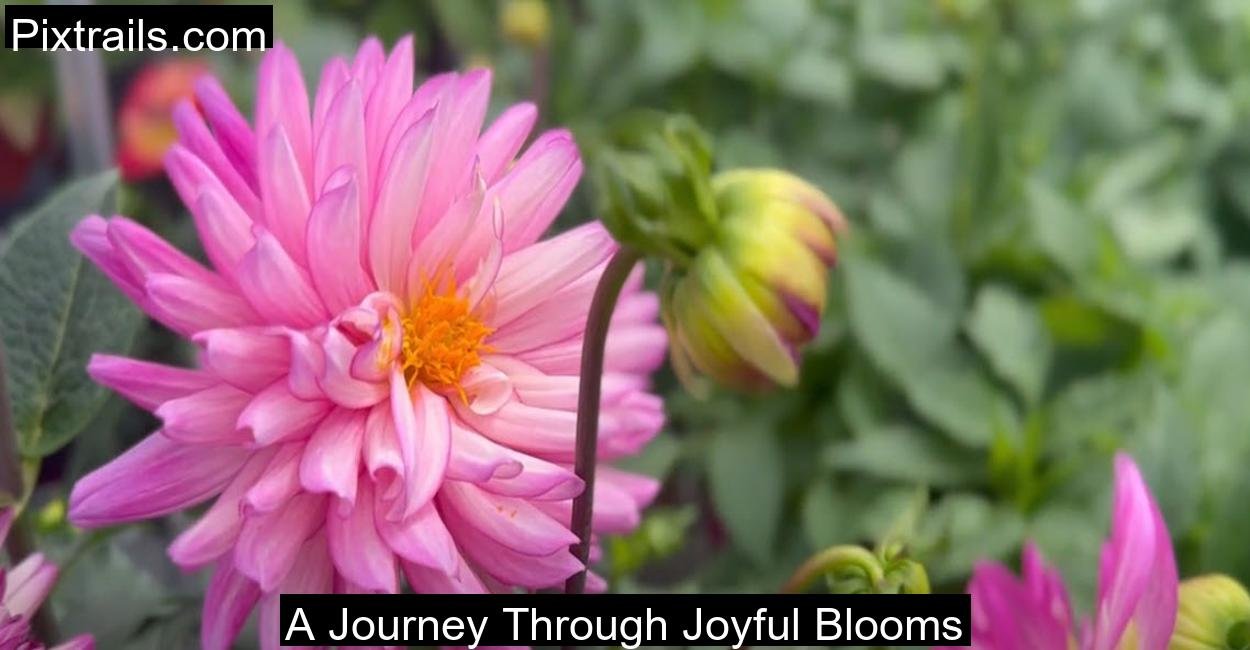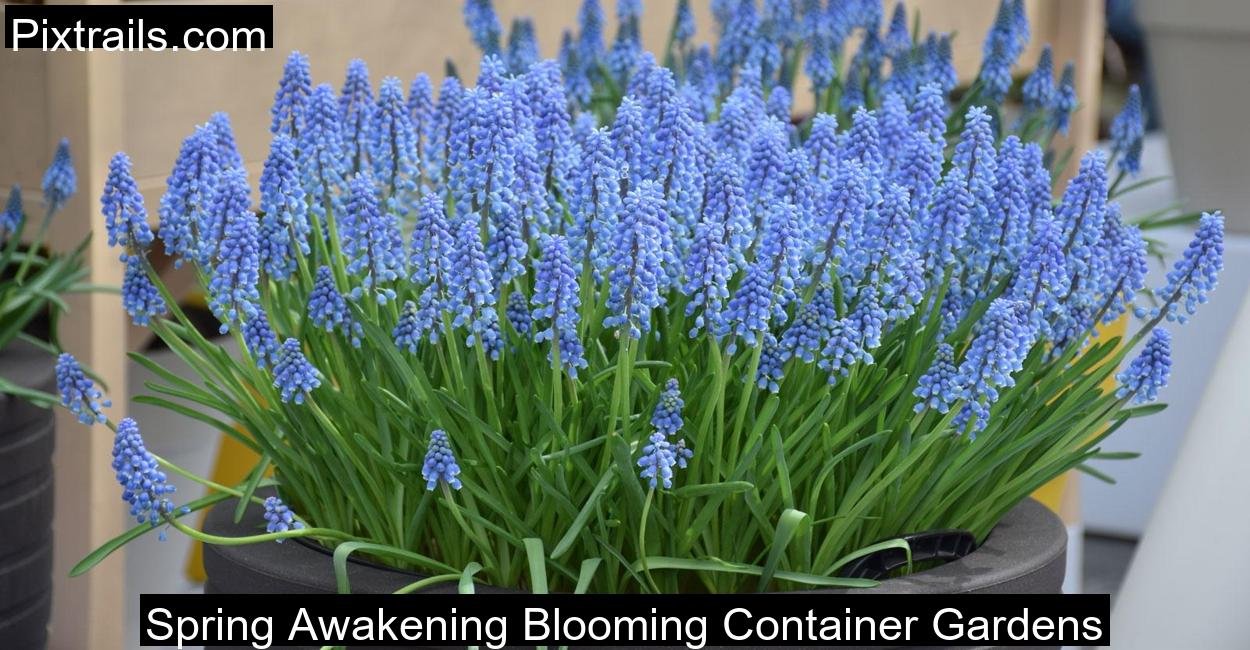I never thought I’d become a balcony gardener. Living in a high-rise apartment in the city, I always assumed gardening was reserved for those with sprawling backyards and raised beds. But after spending one too many weekends staring at the dull concrete slab outside my sliding glass doors, I decided it was time for a change. I wanted color, life, and maybe even a tomato or two.
With a bit of research, some trial and error, and a lot of excitement, I transformed my balcony from a barren nook into a flourishing garden packed with both ornamental beauty and edible delights. Here’s the story of how 15 carefully chosen plants changed everything.
Geraniums: The Gateway Plant
The first plant I bought was a geranium. I chose a bright red variety, and it instantly brought color and cheer. Easy to care for, they thrived in the small terracotta pots I lined along my balcony railing. I later added a few more in pink and white. They weren’t just beautiful, they were resilient.

Lantana: A Color Bomb
My next addition was lantana. I picked a mix of yellow and orange, and wow, what a showstopper! It loved the full sun on my south-facing balcony and bloomed like it was on a mission. Bees and butterflies couldn’t resist it, and neither could I.

Fuchsias: A Hanging Delight
I wanted something for the vertical space, so I tried a hanging basket of fuchsias. Their pink and purple bell-like flowers danced in the breeze. Unlike the sun-loving lantanas, these preferred the shadier corner of my balcony. They added a whimsical touch.

Crossandra: A Fiery Bloom
I stumbled upon crossandra accidentally at a garden center. Its bright orange flowers and glossy leaves were irresistible. It quickly became one of my favorite plants. It bloomed non-stop and added a tropical feel to the space.

Petunias: The Reliable Performer
Petunias were a no-brainer. I got a container mix of purples, lavenders, and whites. They were easy to grow and rewarded me with a long season of blooms. I loved snipping them back and watching them bush out again.

Impatiens: Shade’s Best Friend
There’s a corner of my balcony that never sees direct sunlight, and impatiens were perfect for that spot. Their pink and red blooms lit up the shade like little lanterns. I planted them in a large ceramic container with coleus (more on that next!)

Coleus: All About the Leaves
Coleus fascinated me with its patchwork of colors. No flowers, no problem, its foliage was enough. I bought a few varieties, ranging in color from lime green to deep burgundy. They paired beautifully with impatiens and added texture.

Begonias: The Elegant Choice
Begonias were my experiment with something a bit more refined. I picked a mix of upright and trailing varieties. The trailing begonias looked incredible in hanging baskets. Their soft petals and succulent stems made them ideal for the warmer months.

Hydrangeas: The Bold Statement
I admit, I was hesitant about trying hydrangeas in containers. But I found a compact ‘Little Lime’ hydrangea that worked perfectly. It bloomed beautifully in a large container and became the centerpiece of my balcony garden.

Fatsia Japonica: My Balcony’s Focal Point
I wanted something lush and leafy, and fatsia japonica delivered. Its bold foliage made it the perfect backdrop for flowering plants. Even without blooms, it stood out. It gave the whole area a tropical, almost jungle-like feel.

Boxwood: Formal Flair
For structure and winter interest, I added a dwarf boxwood. I shaped it into a tidy ball and placed it in a sleek container. It gave a bit of formality to the otherwise wild mess of flowers and foliage. Plus, it stayed green all year.

Dwarf Japanese Cedar: Year-Round Green
Japanese cedar was another evergreen that surprised me. Its blue-green color and compact shape made it an eye-catching feature. It thrived even in winter, when most of the other plants had gone dormant.

Green Peppers: My First Edibles
Feeling confident, I decided to try edibles, starting with green peppers. I planted them in five-gallon buckets and gave them a sunny spot. To my delight, they produced thick, juicy peppers. There’s something magical about eating something you grew yourself.

Leaf Lettuces: Fast and Rewarding
Next came leaf lettuce. I sowed the seeds in a wide, shallow container and was harvesting baby greens within weeks. I did successive sowings every few weeks and had fresh salad leaves all season long.

Tomatoes: The Crown Jewel
Nothing compares to homegrown tomatoes. I planted cherry tomatoes in two-gallon pots and larger varieties like ‘Celebrity’ in five-gallon containers. I used cages for support and watered daily. The payoff? Sweet, sun-ripened tomatoes that never made it to the kitchen.

Challenges I Faced
Of course, not everything was perfect. I struggled with wind, my balcony is on the 10th floor, and gusts would sometimes knock over lighter containers. I eventually invested in heavier ceramic pots and placed windbreaks using trellised plants.
Watering was another challenge, especially in summer. I had to water some plants daily. I eventually added a few self-watering containers, which helped immensely.
Pests like aphids and spider mites occasionally showed up, but neem oil and regular monitoring kept them at bay.
Lessons Learned
- Group plants with similar needs together.
- Invest in quality containers with good drainage.
- Observe your balcony’s sun/shade pattern before planting.
- Use vertical space creatively with trellises and hanging baskets.
- Don’t be afraid to mix ornamental and edible plants.
- Start small, then expand as you gain confidence.
The Joy of Balcony Gardening
My balcony garden has become more than just a hobby, it’s my sanctuary. I start my mornings with coffee among the flowers and end my evenings watering my plants and harvesting greens for dinner. It’s meditative, grounding, and immensely satisfying.
If you’re considering starting your own balcony garden, I encourage you to go for it. Whether you have a tiny space or a large terrace, there’s always room to grow something beautiful.
Which native perennial plants work well on balconies?
Native perennials like anise hyssop, swamp milkweed, blazing star, purple coneflower, and lanceleaf coreopsis adapt well to containers. Just ensure the pots are at least 16 inches deep and water frequently.
Which herbs are best for balcony growing?
Herbs such as dill, thyme, parsley, cilantro, chives, lavender, mint, sage, basil, and oregano are all excellent choices. They prefer full to partial sun and do well in containers with good drainage and fertile soil.
How do I deal with windy balconies?
Use heavier pots or anchor lighter containers. Grouping plants together can also help create a microclimate. Consider wind-resistant plants or use trellises and screens as windbreaks.
How often should I water my balcony plants?
It depends on the plant and container type, but most balcony plants need daily watering in summer. Self-watering containers are a great option for those with busy schedules.
